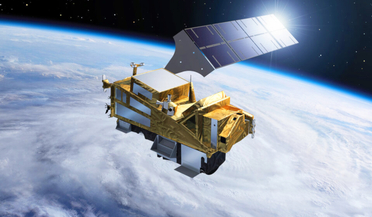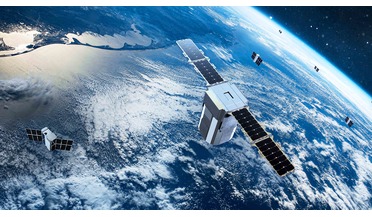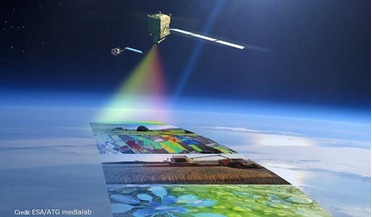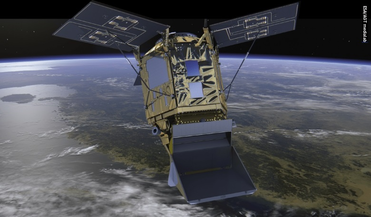 October 2024
EO data - the fuel that makes climate action possible
October 2024
EO data - the fuel that makes climate action possible
... difficult to carry out. Moreover, many oil and gas facilities are located in remote areas, making conventional monitoring and leak detection techniques even more difficult. Credible, verified emissions intelligence on a global scale means that...
 26 July 2021
EUMETSAT strengthens environment monitoring role
26 July 2021
EUMETSAT strengthens environment monitoring role
... atmospheric and ocean products from the future Copernicus Imaging Microwave Radiometer (CIMR) and CRISTAL polar-monitoring missions. The Copernicus 2.0 agreement signed by the commission and EUMETSAT also extends funding to the WEkEO Copernicus...
 01 September 2016
New software uses satellite data to monitor wildlife habitats by airports
01 September 2016
New software uses satellite data to monitor wildlife habitats by airports
... has led to reduced costs while complying with the legal requirement of monitoring a 13km radius. “Using Earth observation data is more efficient than on-ground monitoring, requiring fewer man-hours and lowering demands on resources which cuts...
 18 April 2023
Spire launches customers’ Earth and debris monitoring satellites
18 April 2023
Spire launches customers’ Earth and debris monitoring satellites
... KAUST researchers to compile and analyze high-resolution imagery that can be used for mapping terrestrial habitats, monitoring vegetation health and condition, exploring coastal ecosystems and coral reefs, and advancing agro-ecological research...
 21 November 2015
ESA to monitor plant health from space
21 November 2015
ESA to monitor plant health from space
The European Space Agency plans to monitor the health of the Earth's plants by detecting and measuring the faint glow plants produce during photosynthesis. ...
 February 2022
Building space-qualified detector chips
February 2022
Building space-qualified detector chips
... a range of gases, including ozone, nitrogen dioxide, sulphur dioxide, aerosols and hydrocarbons. There are also plans to monitor carbon dioxide with the launch of an additional pair of satellites slated for 2025. For an on-board instrument to serve...